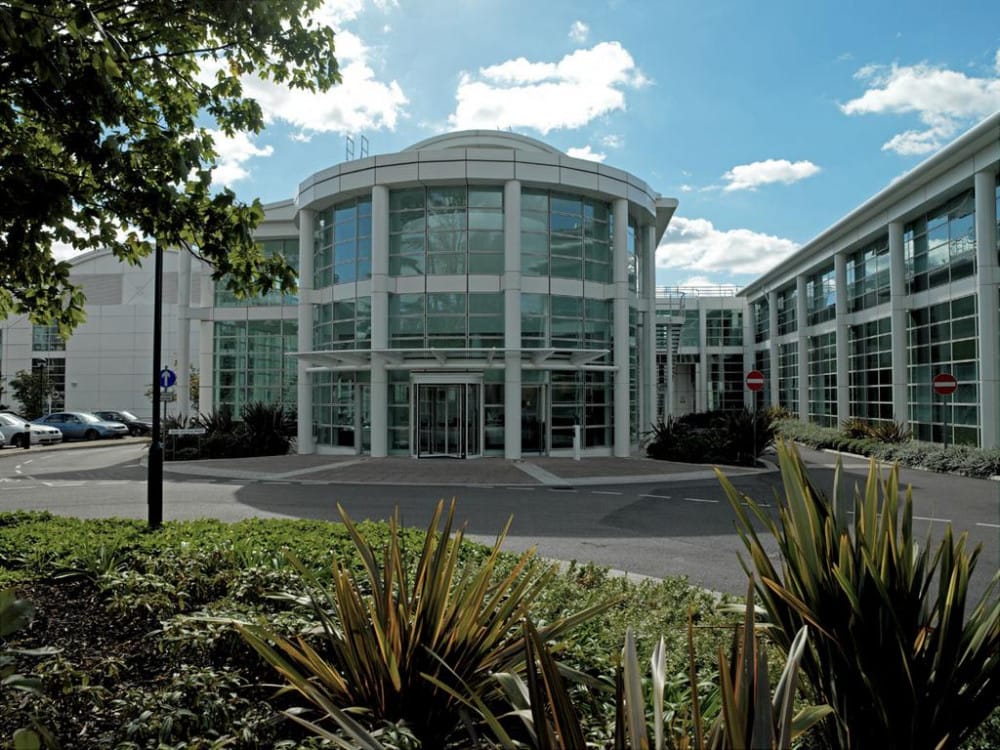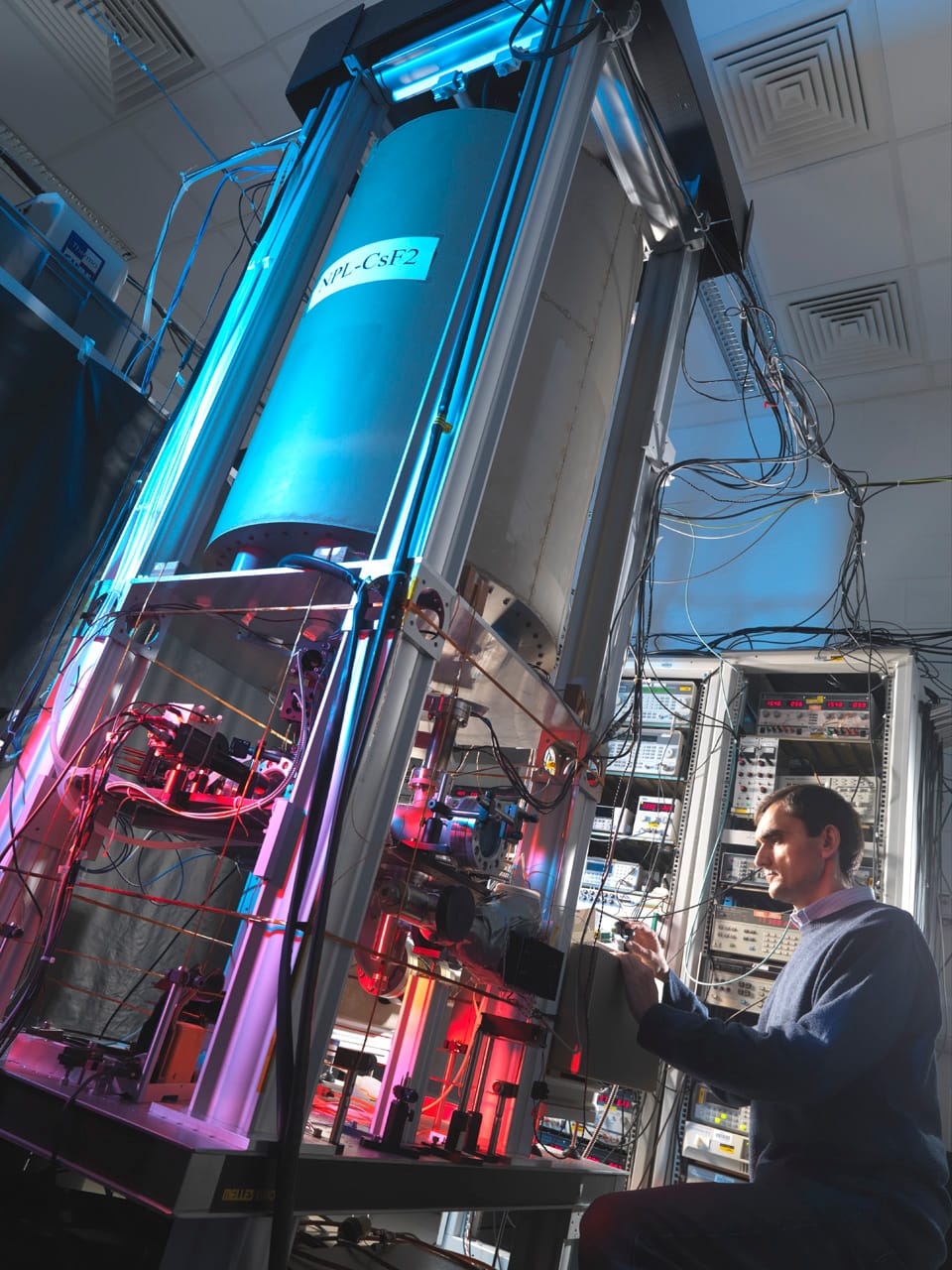The National Physical Laboratory (NPL) is the UK's national metrology centre. Metrology is the science of measurement. So NPL manages the UK's fleet of atomic clocks and frequency standards. I say manage, but NPL is at it's heart, a research facility. So their scientists and engineers also design and build these clocks.
I find NPL fascinating. It is the jewel in the crown of UK science. But unless you work in UK STEM, it's unlikely you've heard of it. It's under the radar; which they helped invent. NPL has a rich and interesting history. Founded in 1900, it's one of the oldest labs of it's kind. Alan Turing worked there after the war. They pioneered atomic clocks in the 1950's and packet switching in the 1960's.

NPL is usually closed to the public. It's a working research lab after all. But occasionally they hold an open day, and last Friday they did just that. The event was very well attended. A healthy cohort of school children making up the early numbers. I'm unable to show you much of what I saw as photography was not permitted. Photographs here are taken from the NPL website.
One of the first labs I visited was exploring Quantum Computing. NPL have a couple of experimental optical clocks. They've been using their experience with those clocks to trap ions for use in quantum logic. I had a fascinating conversation with a software engineer about how you might program a quantum computer. I had imagined you'd have to learn a new language for this new paradigm. Apparently the compiler takes care of everything for you and you can just use Python. Hilarious.
Louis Essen and Jack Parry invented the first Caesium atomic clock at NPL in the 1950's. We couldn't see it as this is a lab, not a museum. I'm told the Essen clock is now held elsewhere. I'd like to know where as I can't see it listed in the RGO collection.

The SI unit for the second is defined in terms of the Caesium atom. NPL ensure the accuracy of their atomic clocks by syncing them to a high precision frequency standard. The NPL-CsF2 and NPL-CsF3 Caesium fountains were on display today and I was able to speak to the engineers who maintain them. The measurements taken from these frequency standards are sent to the BIPM in Paris to be processed into the global soup that is Universal Coordinated Time (UTC).
Adjacent labs held strontium and ytterbium optical clocks. We weren't able to see the strontium clock on Friday, but I did get to chat with a couple of members of the team. The lab holding the laser-cooled ytterbium ion microwave clock was open to the public. It was a good reminder that the scientists here don't just operate these machines. They design and build them too. All the parts of the clock were open and mounted, so as to be moved or adjusted as experiments dictate.
In the final lab in this part of the building I learned about optical frequency combs. These isolate and count a particular frequency and can do so at a speed required in optical clocks.
Throughout the day I sought out opinions on a couple of subjects. Everyone I spoke to believes a redefinition of the SI Second is inevitable. It may even happen within the next decade.
I also asked about Leap Seconds. NPL voted to get rid of them in 2022 and the BIPM have said no more will be introduced before 2035. What happens next is still unclear. Talking to metrologists - they don't like leap seconds any more than Software engineers do. One person I spoke to floated the idea of a leap minute. This has the distinct advantage of kicking the problem a lot further down the road. But meanwhile we wait.
